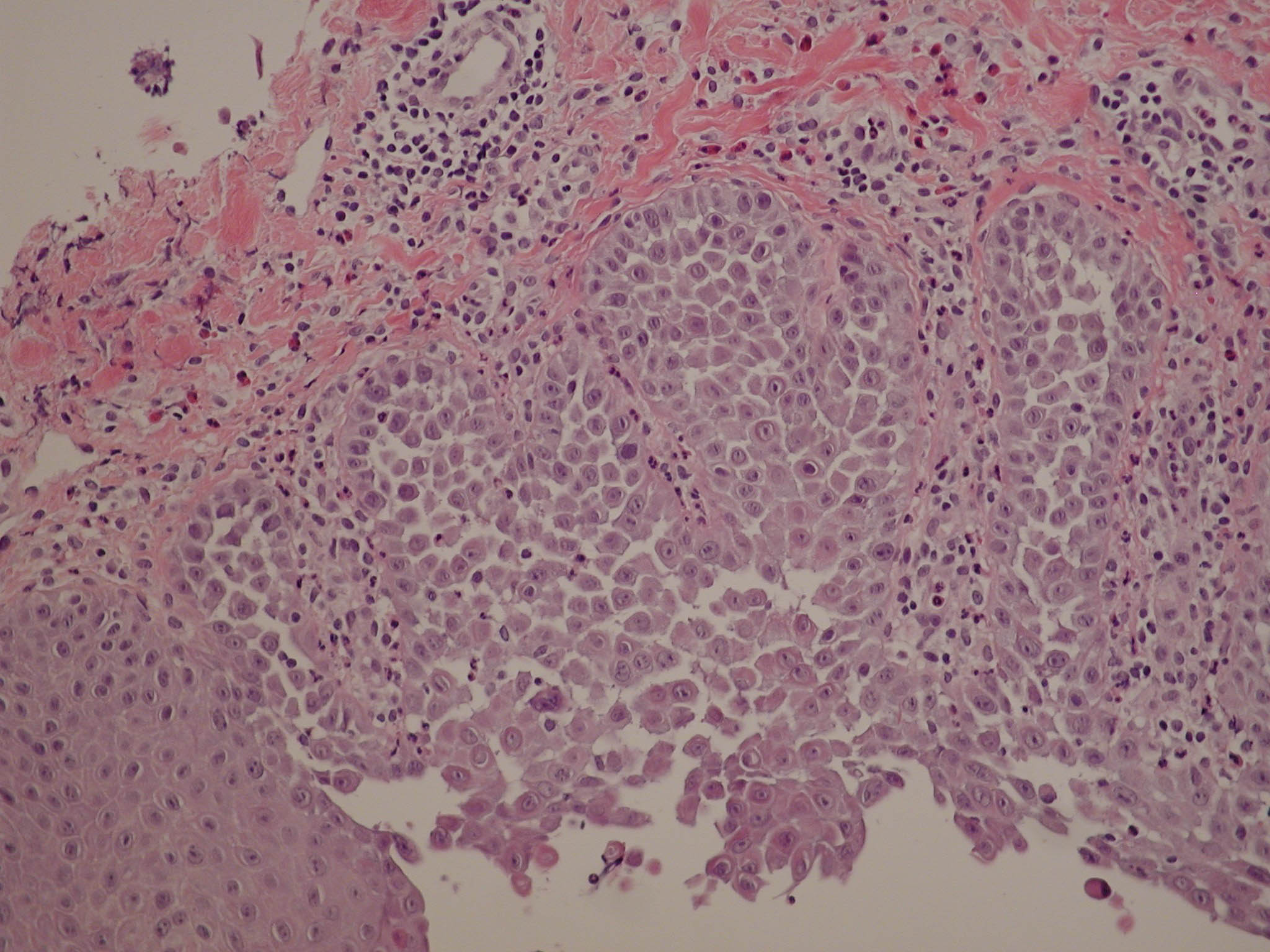Cosmet Laser Ther. 2004 Nov;6(3):163-4.
Source
South West Laser Centre, Exeter Nuffield, Exeter, UK. Anthony.Downs@rdehc tr.swest.nhs.uk
Abstract
OBJECTIVE:
The attributes of the Smoothbeam laser–a 1450 nm diode laser–were considered likely to improve two distinct chronic conditions of flexural skin: Hailey-Hailey disease (HHD) and hidradenitis suppurativa (HS).
METHODS:
A series of laser treatments were given to the axillae of one patient with each condition.
RESULTS:
Treatments were painful but tolerated. There were no adverse sequelae following laser treatment. For the patient with HS, partial improvement was achieved after four treatments and sweating was notably reduced. Intermittent laser treatment may be needed to maintain or build upon the improvements gained. Longstanding HS cases, however, with established sinuses and thick scar tissue are unlikely to be helped by this form of laser treatment. There was no subjective or objective improvement seen in the patient with HHD. The only notable beneficial effect was a marked reduction in sweating and elimination of the malodour.
CONCLUSIONS:
Subsurfacing laser treatment in contrast with resurfacing laser treatment has no benefit in the management of HHD. Why the Smoothbeam laser causes sweat reduction is not known–and its clinical value has yet to be established.
